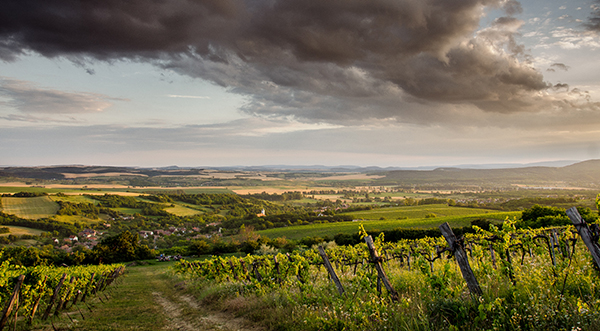Row of cellars in the Sertésvölgy (Swine Valley) - Neszmély
The Neszmély wine region has had a several centuries long history. Due to its natural conditions, Neszmély was already considered an important wine producing region in the Middle Ages. The wines aged 3-5 years could be safely transported over long distances, because they preserved their quality for a long time. Unfortunately, the 19th-century phylloxera epidemic also decimated this area, but survived due to the new breeds. At the end of the 19th century, this cellar row began to be built, which is nowadays the pride of Neszmély village. The Swine Valley cellar row was carved into the loess wall and press houses were built in front of them. Some of them have become historical monuments today. It is worth walking down the cellar row and visiting a cellar or two. Moreover, taste the "juice of the hill" if the winemakers offer you a taste.


